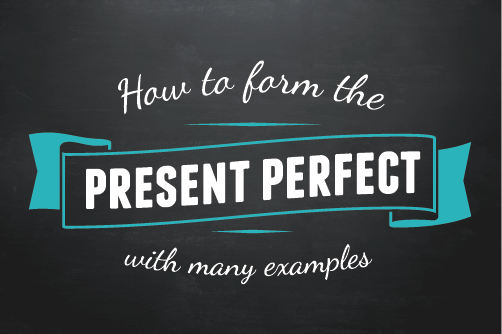Present perfect

The present perfect tense refers to an action or state that either occurred at an indefinite time in the past (e.g., we have talked before) or began in the past and continued to the present time (e.g., he has grown impatient over the last hour). This tense is formed by have/has + the past participle.
What is the Present Perfect Tense?
The present perfect tense expresses actions that happened at a time that is not specific.
The Present Perfect is Used to Express:
- actions of duration that occurred in the past (before now) of unspecified time
- actions that started in the past but continue to the present
- actions that started in the past but stopped recently
It is important to consider that the TIME of the present perfect tense is unknown.
The construction of this verb tense is straightforward. The first element is have or has, depending on the subject the verb is conjugated with. The second element is the past participle of the verb, which is usually formed by adding - ed or -d to the verb’s root (e.g., walked, cleaned, typed, perambulated, jumped, laughed, sautéed) although English does have quite a few verbs that have irregular past participles (e.g., done, said, gone, known, won, thought, felt, eaten).
To make the positive present perfect tense, use: 'have' / 'has' + the past participle Make the past participle by adding 'ed' to regular verbs (for example, 'play' becomes 'played') There are a few verbs that change their spelling when you add 'ed' (for example, 'study' becomes 'studied')
The negative is really simple too. Just put 'not' after 'have' or 'has': For example: I have not eaten breakfast today
To make a question, put 'have' or 'has' in front of the subject: For example: has he worked as a waiter before?
Bibliography:
https://www.grammarly.com/blog/present-perfect-tense/
https://writingexplained.org/grammar-dictionary/present-perfect-tense
https://www.perfect-english-grammar.com/present-perfect.html

Comentarios
Publicar un comentario